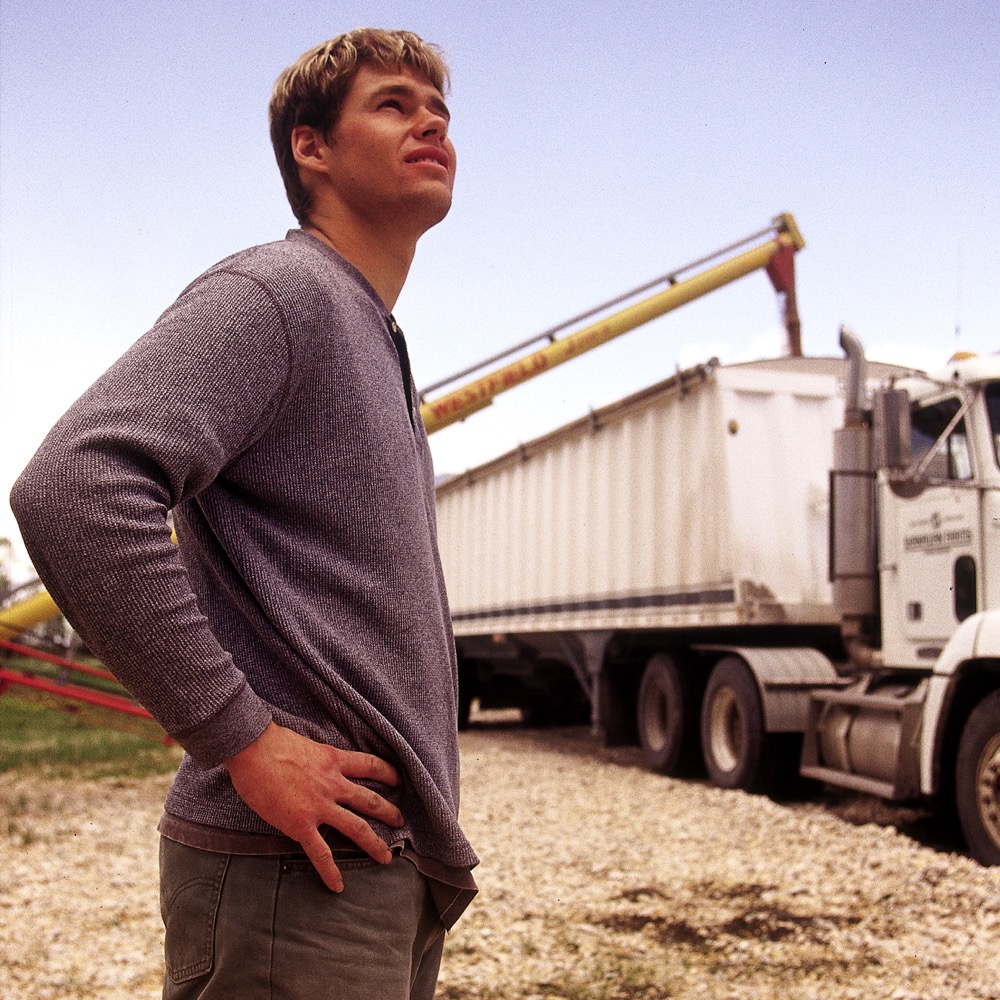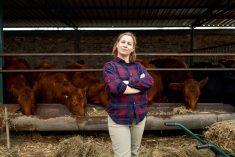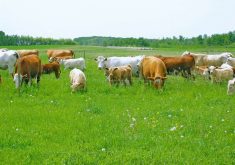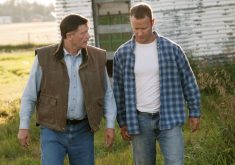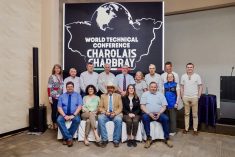Human resources management is imperative to a successful cattle operation. You manage crops, livestock, machinery, money and land, but you also manage people. You’re a human resource (HR) manager, whether you like it or not.
And as an HR manager, you have to ask yourself, are you managing this resource by default or design? Here are some questions to help you decide:
What needs to be done? Do you assign and sort tasks on the fly? A job’s design impacts your employees, and influences their success and thus their value to the operation. What if you need someone to operate large machinery, check feedlot pens, and deal with calving while you are away? Is that a full-time job, or one full-time job plus a part-time job? Will one employee who is good at operating large machinery stick around if they have to check pens or work at night during calving? Are those mix of skills even available in your area? These are all things you need to consider when planning your hires.
Read Also

Growing Canada’s beef herd: CCA’s priorities working with new federal government
This is my first column since the federal election. The Canadian Cattle Association works with all elected officials and parliamentarians, regardless…
What does success look like? This question is seldom asked, but it might just be the most critical one to your success as an HR manager. Knowing what makes the job successful will allow you to hire the right person, provide clear expectations to them, and assist in sound performance management practices. Knowing what success looks like provides clarity for both the manager and the employee.
When do you need these people? The job itself will often answer this question. Are they needed for calving, or the fall run? That’s step one. Deciding when to start looking for candidates is not so easy, since it involves your own recruitment and selection strategy and current labour market conditions. For example, it might be wise to start early to look for students to fill seasonal jobs, particularly when the labour market is tight. Your own time is another factor. When do you have time to conduct a search? Remember, as the farm manager, one of your assigned HR tasks is to make sure you have the time to do it right.
What are the external conditions? Planning does not happen in a bubble. You have to consider the local economy. Over the last few years there have been a number of dramatic changes in the labour market. In 2008, unemployment rates were very low across Canada and it was difficult to find workers. In 2010, the unemployment rate increased by two per cent in some areas, which made a difference in the number of people available for hire in those places. Right now, labour markets in Alberta and Saskatchewan are extremely tight, so you might not be able to simply post an ad to receive quality applicants.
Compensation
Compensation is the next major question to be answered in creating your HR plan.
What is a fair wage? That’s the BIG question. However, wages are only one part of the employee’s reward package. Rewards, which include wages and benefits, influence employees and should be developed based on what motivates them. Organizations that have low turnover and contented employees usually have a well-thought-out reward package.
On a lazy Sunday afternoon, you can research the many motivational theories — Maslow, McClelland, Hertzberg, and Expectancy Theory, just to name a few. As interesting as these theories are, the key question to ask is what do you believe motivates people: money, a job well done, recognition, benefits, or something else? Your beliefs will impact the rewards you offer employees.
From the Country Guide website: Times two puts knowledge to work
Employee rewards may include tickets to a coveted game, fuel for their truck, a day off during calving or the fall run, or simply letting them operate the silage chopper instead of the truck. You reward employees with more than money. Being creative with rewards can build loyalty and motivation, and reduce costs. Sometimes a reward that is earned is cheaper and more valued than a wage increase.
When considering what benefits to offer, think about what your employees value and what works operationally as well as the cost. For example, employees generally value training (especially generation Ys), and training generally benefits both you and the employee. So it has value. However, this benefit can create operational issues if it requires time off at a busy time of the year or if it is difficult to find replacement workers to keep the operation running.
You need to work out the cost/benefit ratio to decide if training will pay. Is it a cost, or an investment for you? Employees with specific training related to the operation can be more productive and thus more valuable on any farm, ranch or feedlot.
In setting wages just remember everyone knows someone who earns more doing the same job. People don’t talk about those who get paid less. So wages are a prominent part of your reward package and it pays to know where your wage structure fits in the market. For that you can often turn to your provincial Ministry of Labour. B.C. 2009 wage data are posted at www.bcstats.gov.bc.ca/data/lss/labour/wage/; Alberta’s is at — alis.alberta.ca/wageinfo/Content/RequestAction.asp?format=html&aspAction=GetWageHomePage&Page=Home; a federal government salary calculator that can be sorted by region is posted at www.canadavisa.com/canada-salary-wizard.html. Wage data can also be sourced through private companies, some provide it for free, some charge a fee. It’s best to collect data from a few sources to improve the accuracy. Finally, take the time to check your local market by asking other farms, ranches or feedlot operations what they pay.
Large farms, ranches and feedlots with a number of employees need to consider internal fairness when setting wages. Is the pay equitable based on the skills required and the tasks involved? Is everyone expected to do multiple jobs like pen checking and processing or are these specialized skills? Are they paid the same, should they be? Is the spread between the pen checkers and the manager’s job appropriate? Do people perceive the internal wages as fair in relation to each other? These are some of the questions you need to address when setting a wage rate.
In addition to wages, you can offer bonuses and other types of profit-sharing plans. The upside of this payment is it links rewards to profit and outcomes. When the operation does well, you have the capacity to share the wealth. When there is no additional wealth to share, the base rate does not change, so you’re not committed to the higher wage. If you’re considering some type of profit sharing or bonus, consider it carefully.
You want your wages to be fair. Think first of motivation; then think of total rewards. A well-thought-out package will motivate your employees and create greater satisfaction.
This is the first in a series of three articles on human resource management on cattle operations.
Dawn Hillrud is a partner in Knibbs/associates Sourcing People and an associate of Knibbs/associates HR Consulting that provide HR and employee recruitment services to agricultural organizations. Co-author Leah Knibbs is the owner of Knibbs/associates HR Consulting and a partner in Knibbs/associates Sourcing People. For more information contact Dawn at [email protected] or 306-442-7460.



